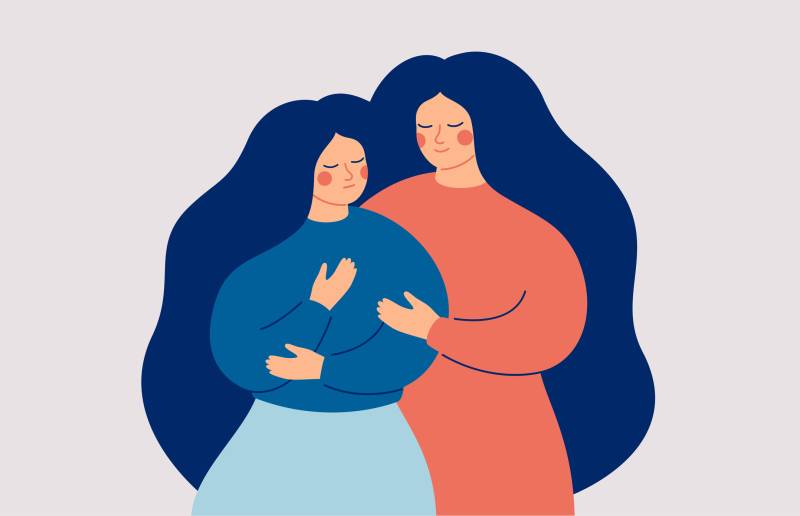Attention Deficit Hyperactivity Disorder (ADHD) has long been associated with young boys, but research over the past four decades has revealed a hidden world of girls affected by the disorder. Almost 13% of men and boys have ADHD compared to 5.6% of women and girls. Girls are often misdiagnosed or underdiagnosed in part because parents and teachers are less likely to refer girls for treatment or diagnosis. “It’s taken a long time for the medical field to catch up,” said Stephen Hinshaw, a clinical psychologist and researcher at University of California, Berkeley.
Hinshaw’s work highlights the importance of early identification and intervention for girls with ADHD. “There may be a hidden pattern marked by coping and compensation that over the years can become quite serious,” he said. Girls who go undiagnosed are more likely to “suffer in silence,” which may include a higher risk of self-harm and suicidal ideation, according to Hinshaw. Once diagnosed, medication management, parenting strategies and classroom accommodations can help girls with ADHD achieve academic success and better outcomes. “I think we need to pay attention to girls’ symptoms,” he said. “But it’s not like we need dramatically, magically different treatments for girls versus boys.” In a presentation at Learning & the Brain’s Teaching Behaved Brains conference, Hinshaw shared practical solutions for supporting girls with ADHD so parents and educators alike can challenge stereotypes and embrace a holistic understanding of the disorder.
Different presentations, different medications
ADHD may present differently in boys and girls. For instance, boys often exhibit hyperactive and disruptive behaviors, while girls tend to show more internalized symptoms like daydreaming and social withdrawal, which often fly under the radar. Girls with ADHD often face challenges in making and keeping friends, which can lead to feelings of isolation and negatively impact their self-esteem. In a study where Hinshaw observed girls with ADHD at a summer camp, more than three quarters of girls with ADHD had trouble making friends, compared to only 30-40% of boys.
The most common medications for ADHD are stimulants like Adderall or Ritalin. They can help kids pay better attention in school, but they don’t really do much to help with social skills and friendships, Hinshaw said. Women have more side effects from stimulants than men and are more likely to respond to the non-stimulant alternative, according to Hinshaw. Non-stimulant medications like Atomoxetine treat ADHD symptoms, as well as reduce anxiety. In addition to medication, girls with ADHD are likely to benefit from peer support groups or mentorship programs. Parents and educators can also help by teaching social skills and providing opportunities for structured social interaction, such as parent-assisted play dates.
“Girls with ADHD, compared to a neurotypical comparison group, had more depression and anxiety, more conduct problems – although they started later – more executive function deficits, lower achievement,” said Hinshaw. He suggested that clinicians should address comorbid mental health conditions when treating girls with ADHD.
Parenting and ADHD outcomes
A child’s ADHD diagnosis can be stressful for parents, because some people mistakenly believe that ADHD is caused by poor parenting. That’s not the case; however, parenting can have a significant impact on outcomes for children with ADHD. “It’s time to radically accept that your daughter may not be exactly the kid you expected,” said Hinshaw.


